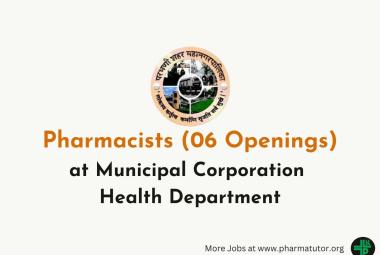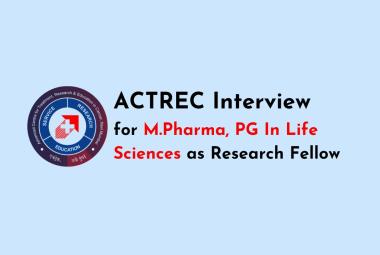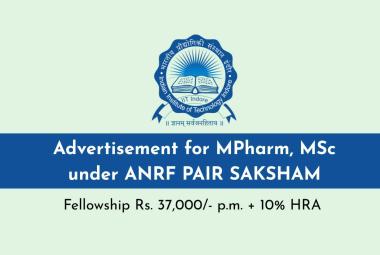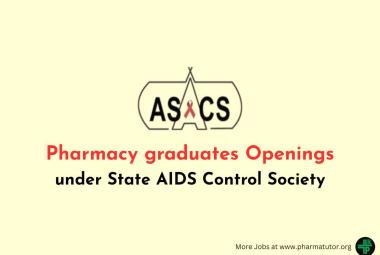(31st July, 2014); U.S. Food and Drug Administration (FDA) has approved EYLEA® (aflibercept) Injection for the treatment of Diabetic Macular Edema (DME). The recommended dosage of EYLEA in patients with DME is 2 milligrams (mg) every two months (8 weeks) after five initial monthly injections. Although EYLEA may be dosed as frequently as 2 mg every 4 weeks, additional efficacy was not demonstrated when EYLEA was dosed every 4 weeks compared to every 8 weeks.
[adsense:336x280:8701650588]
Diabetic Macular Edema (DME) or "swelling of the macula" is a common complication in the eyes of patients with diabetes. It is the most frequent cause of vision loss in patients with diabetes and eventually can lead to blindness. It is estimated that of the 29.1 million American adults living with diabetes, 1.5 million have been diagnosed with DME, and approximately another million cases are undiagnosed.3,4,5 DME occurs when blood vessels in the retina are damaged by chronic high blood sugar levels caused by diabetes. This allows fluid from blood vessels to leak into the retina, causing macular swelling. Fluid in the macula can cause severe vision loss or blindness. The macula is the part of the retina responsible for central, fine vision.
"Diabetic macular edema is a leading cause of vision loss among working-age adults in the U.S., and we are pleased to be able to offer a new treatment option to these patients," said George D. Yancopoulos, M.D., Ph.D., Chief Scientific Officer of Regeneron and President of Regeneron Laboratories. "Our clinical studies have demonstrated that treatment with EYLEA can help improve and maintain vision with every 8 week dosing after 5 initial monthly doses. EYLEA is the first VEGF inhibitor approved for dosing on a less than monthly basis for the treatment of DME."
The approval of EYLEA in DME was based on the one-year data from the Phase 3 VISTA-DME and VIVID-DME studies of 862 patients, which compared EYLEA 2 mg given monthly, EYLEA 2 mg given every two months (after five initial monthly injections), or macular laser photocoagulation (at baseline and then as needed). In the DME studies, after one year, the mean changes in Best Corrected Visual Acuity (BCVA), as measured by the Early Treatment Diabetic Retinopathy Study (ETDRS) chart for the monthly and every two month EYLEA groups, were statistically significantly improved compared to the control group and were similar to each other. Across both trials, patients in both EYLEA dosing groups gained, on average, the ability to read approximately two additional lines on an eye chart compared with almost no change in the control group.
[adsense:468x15:2204050025]
In these trials, EYLEA had a similar overall incidence of adverse events (AEs), ocular serious AEs, and non-ocular serious AEs across treatment groups and the control group. Arterial thromboembolic events as defined by the Anti-Platelet Trialists' Collaboration (non-fatal stroke, non-fatal myocardial infarction, and vascular death) also occurred at similar rates across treatment groups and the control group. The most frequent ocular treatment emergent AEs (TEAEs) observed in the VISTADME and VIVID-DME trials included conjunctival hemorrhage, eye pain, cataract, and vitreous floaters. The most common nonocular TEAEs included hypertension and nasopharyngitis, which occurred with similar frequency in the treatment groups and the control group.
EYLEA is a vascular endothelial growth factor (VEGF) inhibitor formulated as an injection for the eye. EYLEA is designed to block the growth of new blood vessels and decrease the ability of fluid to pass through blood vessels (vascular permeability) in the eye by blocking VEGF-A and placental growth factor (PlGF), two growth factors involved in angiogenesis. EYLEA helps prevent VEGF-A and PlGF from interacting with their natural VEGF receptors as shown in preclinical studies.
EYLEA is available as a single, 2-mg strength intravitreal injection for all approved indications. EYLEA was approved in the United States for the treatment of neovascular (wet) Age-related Macular Degeneration (AMD) in 2011, and for the treatment of Macular Edema following Central Retinal Vein Occlusion (CRVO) in 2012. EYLEA has also been approved in the EU and other countries for use in wet AMD and Macular Edema following CRVO. In Europe, the Committee for Medicinal Products for Human Use has given a positive opinion recommending approval for EYLEA in the treatment of DME. Regulatory submissions have also been made in Japan, Asia Pacific, and Latin America for the treatment of Diabetic Macular Edema. In Japan, EYLEA has been additionally submitted for approval to regulators for the treatment of choroidal neovascularization secondary to pathologic myopia (mCNV). A regulatory submission has been made in the U.S. and EU for EYLEA for the treatment of Macular Edema following Branch Retinal Vein Occlusion (BRVO).
In the Phase 3 VISTA-DME and VIVID-DME trials, EYLEA® (aflibercept) Injection 2 mg dosed monthly and EYLEA 2 mg dosed every two months after 5 initial monthly doses achieved statistically significant improvements in the primary endpoint of mean change in BCVA at one year and the secondary endpoint of proportion of patients who gained at least 15 letters in BCVA versus baseline compared to control.
In the VISTA-DME trial, patients receiving EYLEA 2 mg monthly had a mean change from baseline in BCVA of 12.5 letters (P less than 0.01 compared to control), patients receiving EYLEA 2 mg every two months (after 5 initial monthly injections) had a mean change from baseline in BCVA of 10.7 letters (P less than 0.01 compared to control), and patients receiving control treatment had a mean change from baseline in BCVA of 0.2 letters. In the VISTA-DME trial, the percentage of patients who gained at least 15 letters in BCVA from baseline, or three lines of vision, was 41.6 percent in the EYLEA 2 mg every month group (P less than 0.01 compared to control), 31.1 percent in the EYLEA 2 mg every 2 months group (after 5 initial monthly injections) (P less than 0.01 compared to control), and 7.8 percent in the control group.
In the VIVID-DME trial, patients receiving EYLEA 2 mg monthly had a mean change from baseline in BCVA of 10.5 letters (P less than 0.01 compared to control), patients receiving EYLEA 2 mg every two months (after 5 initial monthly injections) had a mean change from baseline in BCVA of 10.7 letters (P less than 0.01 compared to control), and patients receiving control had a mean change from baseline in BCVA of 1.2 letters. In the VIVID-DME trial, the percentage of patients who gained at least 15 letters in BCVA from baseline, or three lines of vision, was 32.4 percent in the EYLEA 2 mg every month group (P less than 0.01 compared to control), 33.3 percent in the EYLEA 2 mg every 2 months group (after 5 initial monthly injections) (P less than 0.01 compared to control), and 9.1 percent in the control group.
In these trials, EYLEA had a similar overall incidence of adverse events (AEs), ocular serious AEs, and non-ocular serious AEs across treatment groups and the control group. Arterial thromboembolic events as defined by the Anti-Platelet Trialists' Collaboration (non-fatal stroke, non-fatal myocardial infarction, and vascular death) also occurred at similar rates across treatment groups and the control group. The most frequent ocular treatment emergent AEs (TEAEs) observed in the VISTADME and VIVID-DME trials at one year included conjunctival hemorrhage, eye pain, cataract, and vitreous floaters. The most common non-ocular TEAEs at one year included hypertension and nasopharyngitis, which occurred with similar frequency in the treatment groups and the control group.







